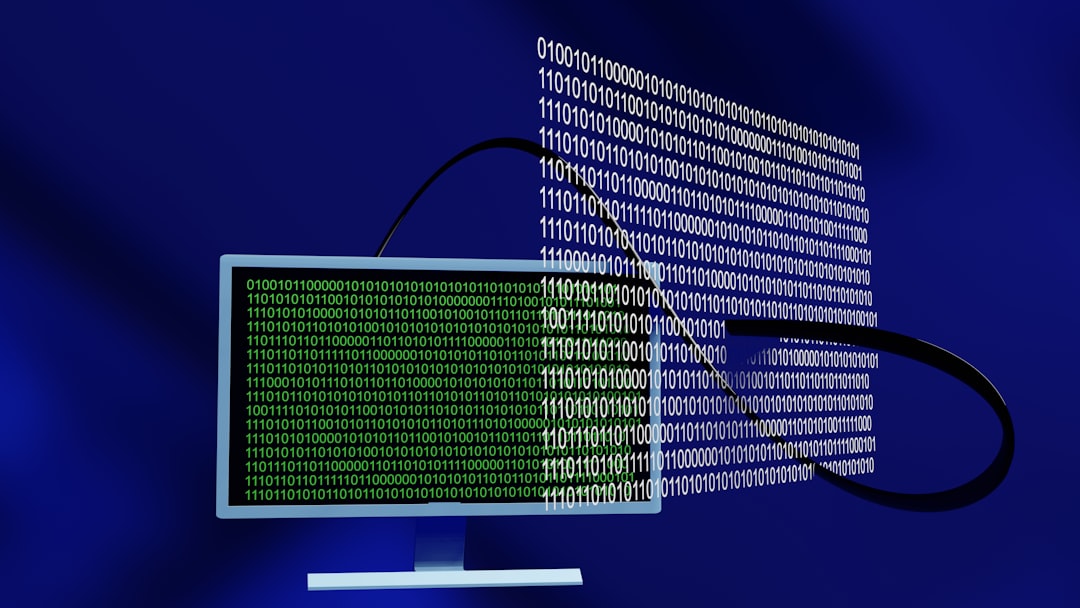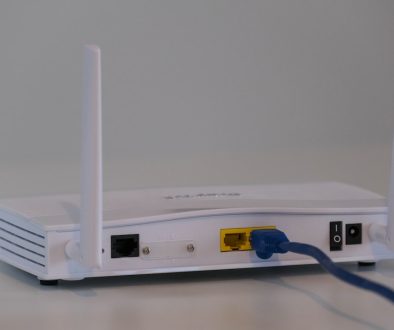How does managed EDR help organizations automate threat detection and response processes?
Imagine a team of digital superheroes, always on the lookout for cyber villains. They spot the bad guys, chase them away, and make sure your business stays safe. That’s kind of what Managed EDR does for your organization.
EDR stands for Endpoint Detection and Response. It watches over all the computers, laptops, and servers in your network. But when it’s managed, you get an expert team on your side—like your personal cyber-defense squad.
Let’s break it down.
What is Managed EDR?
Think of Managed EDR as having a smart security system for your company’s devices. But instead of just sounding an alarm, it takes action. And the best part? You don’t have to do the heavy lifting.
A team of cybersecurity pros watches your network 24/7. They use special software that spots strange activity—like a hacker trying to sneak in. Then, they stop the attack before it causes damage.

Why Automate Threat Detection and Response?
Here’s the thing: cyberattacks are fast. Humans alone can’t keep up. That’s where automation comes in. It’s like having a robot guard that never sleeps and never blinks.
With automation, Managed EDR can:
- Spot threats fast – It scans thousands of events each second.
- Respond instantly – It can shut down a threat in milliseconds.
- Learn over time – It gets smarter the more it works.
This means your team can focus on big-picture work, while the system takes care of daily risks automatically.
How Does Managed EDR Work?
The magic happens in a few steps:
- Monitor: It keeps an eye on endpoints (like computers and mobile devices).
- Detect: The software uses AI and machine learning to spot bad behavior.
- Alert: If something shady happens, the team gets notified.
- Respond: The system can isolate the device or stop a process instantly.
- Recover: After the threat is gone, it helps clean up and get things running smoothly.
It all happens quietly in the background. Most of your team won’t even notice.
Real-Life Example
Let’s say someone in your company clicks a phishing email. Uh-oh. A hacker enters their system, trying to spread malware across your network.
Without Managed EDR, this could take hours—or even days—to discover. Worse, the attacker might already be stealing data.
But with Managed EDR:
- The system sees the odd behavior right away.
- It cuts off the infected computer from the rest of the network.
- The security team investigates and confirms the threat.
- They remove the malware and secure the system.
All this can happen in minutes. That’s the difference between a close call and a full-blown disaster.

Benefits of Managed EDR
There are plenty of reasons to love it. Here are some key highlights:
- 24/7 coverage – Dangers don’t stick to business hours. Neither does EDR.
- Expert support – Security pros handle the tough stuff for you.
- Cost-effective – No need to hire a big in-house security team.
- Results-driven – Stops most threats before they spread.
Who Needs Managed EDR?
Honestly? Just about every business today.
Whether you’re a startup or a giant corporation, if you have internet-connected devices, you have risks.
Managed EDR is perfect for:
- Small businesses without IT teams
- Growing companies who want better protection
- Enterprises looking to boost their security game
Final Thoughts
Cyber threats are sneaky and fast, but Managed EDR is faster. It adds brains, muscle, and an extra layer of defense to your digital world.
If protecting your business feels overwhelming, don’t worry. Managed EDR can take care of the tough parts—so you can focus on what you do best.
Let the good guys win.
- Favourite 6 AI Image Editing Tools Creators Use to Remove Backgrounds and Retouch Instantly - December 31, 2025
- ShotSpotter Locations: Surveillance Technology - December 30, 2025
- Pokémon UNITE Error Code 2102 Explained & Fixed - December 28, 2025
Where Should We Send
Your WordPress Deals & Discounts?
Subscribe to Our Newsletter and Get Your First Deal Delivered Instant to Your Email Inbox.



